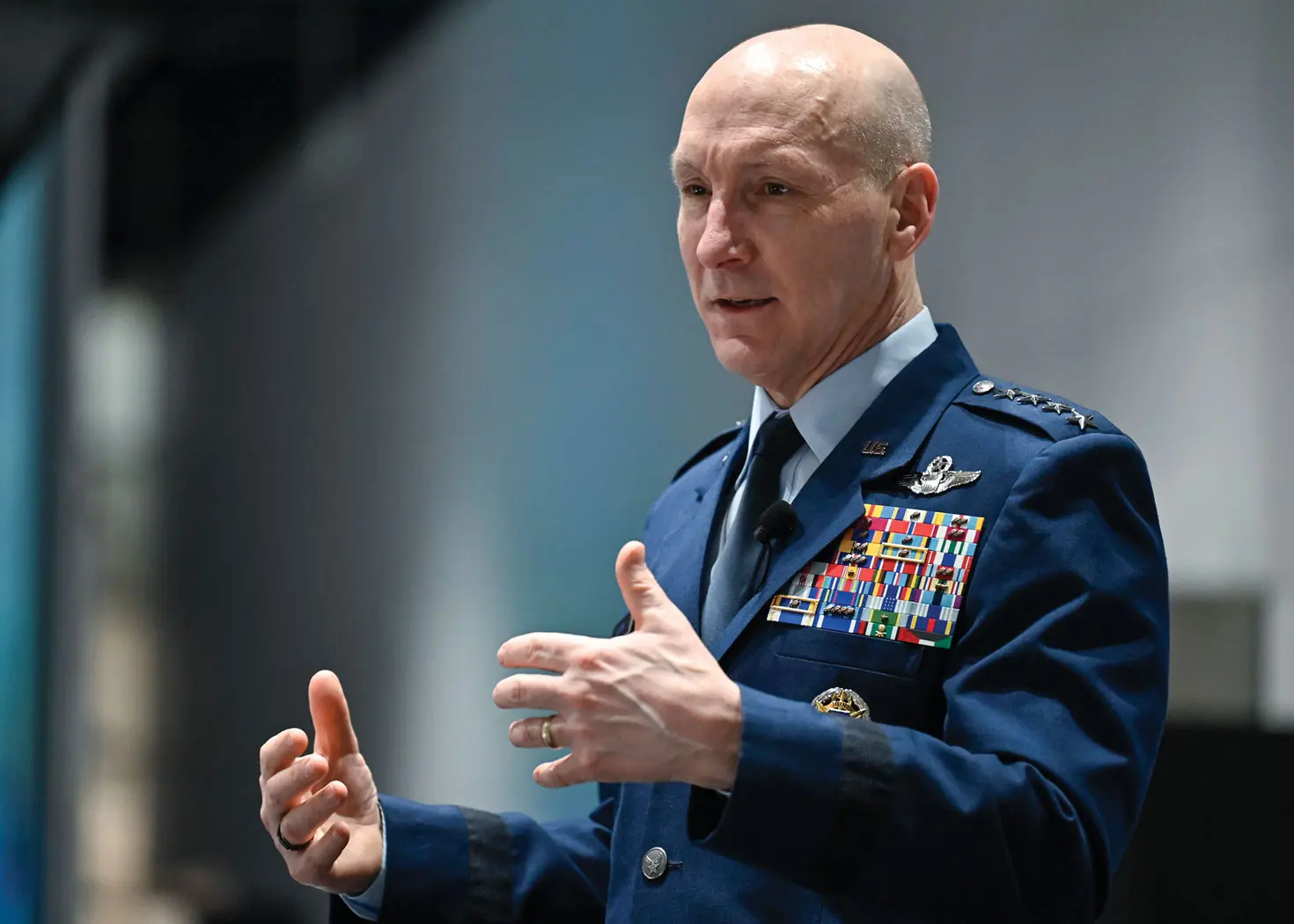Integrating Risk and Readiness … the Sequel
By Col John B. Kelley, HQ AMC Director of Safety
I was sitting in a Headquarters staff meeting the other day and somewhere between the budget update and community calendar my steely-eyed staff warrior discipline slipped and my mind began to wander. The random topic I landed upon was sequels of all things. Specifically, what makes some sequels work brilliantly and others fall flat? In today’s media-saturated world, it seems like original stories are in short supply. Great original stories can be the genesis of other great stories though. Many revolutionary, expansive, or groundbreaking works come as sequels: The Odyssey is the sequel to The Iliad; the genre-defining Nevermind was actually Nirvana’s sophomore album; and Season 2 of My Hero Academia brilliantly expanded on the characters and story (no spoilers—I’m not caught up on all the seasons). Based on my observations, a sequel needs to be grounded in the original while expanding the scope and complexity in an interesting and novel direction to be successful.
To be honest, my distraction with sequels was not as random a thought as it first appears—the Air Force Safety community is rolling out the second phase of its Integrating Risk and Readiness campaign. Like most good sequels, it takes the Chief of Staff of the Air Force’s original message of risk-informed decision-making and expands it into new areas while maintaining the core theme. To refresh your memory, General Allvin’s original Integrating Risk and Readiness Campaign Task Order (TASKORD) led with the following:
The primary goal of the campaign is the full integration of risk management principles and refocusing the force on operational discipline throughout all force development, training, career fields, and operational environments across the Air Force.
Phase Two of Integrating Risk and Readiness expands on this goal, ingraining risk-informed decision-making and operational discipline into the larger Air Force structure and culture. Phase Two is built around four pillars: Policy, Practice, Training, and Tools—better known by the initialism P2T2. Let us take each one in turn.
Though not the most glamorous pillar, carefully written policy is how the Air Force captures and communicates clear standards and expectations—usually in the form of Department of the Air Force (DAF) or Major Command (MAJCOM) instructions, manuals, and directives. The Air Force Safety Center is updating applicable DAF publications to include Risk Management (RM) principles and briefing new Wing Commanders on how to draft their commander’s intent with RM in mind. Certainly, AMC Safety will follow suit with updates of its own publications. So, if you are a risk management genius and policy-writing athlete with some free time, send me an email—I have a deal for you!
Practice, on the other hand, is where the RM rubber meets the road. Translating risk and decision principles from the pages of a manual to a field exercise is, like most things, easier said than done. As my father, a Vietnam veteran and English teacher, used to remind me: “No one ever learned to swim from a book—at some point, you have to jump in.” Exercise planners in every MAJCOM are busy building RM scenarios into the planning, execution, and evaluation of many large-scale exercises on the horizon, including MOBILITY GUARDIAN 2025 and REFORPAC 2025. These exercises will have safety professionals acting in their “blue force” combat role to preserve combat capability and enhance mission effectiveness. For those who aren’t card-carrying safety pros, risk-informed decision-making will be crucial to successful Agile Combat Employment and communications-denied employment during the exercise “fun.”
Investing in the right tools for the job will make effective RM far easier to incorporate across all MAJCOMs. The Air Force Safety enterprise is hard at work fielding new capabilities from the Joint Risk Assessment Tool to an AI-informed risk dashboard for unit and squadron commanders. Our most recent success is the release of the SAFEREP app, combining most safety reports into a one-stop tool for all Airmen to use on personal and official devices (available for both Android and iOS.) All these tools are designed to make risk understanding more natural and seamless in everyday Air Force work and life.
No campaign would be complete without a training pillar. Risk management principles are being included in every level of Air Force Professional Military Education and commander/supervisor training. The beauty of having modules of RM included throughout an Airman’s career is that everyone has a common language to discuss risk, opportunity, cost, and decision-making, regardless of where they are in their Air Force journey.
As sequels go, Phase Two is a doozy! With the ultimate goal of achieving an enduring baseline of risk management and understanding across the Air Force, Phase Two needs to be both deep and wide. Phase Two expands the approach of the original TASKORD while keeping the original themes: Risk management and operational discipline are integral to Airmen’s safety in peacetime and combat effectiveness in times of conflict. That is a sequel we can all support.
Before I close, I want to take a moment to celebrate the career of a consummate Safety professional and AMC warrior who is embarking on his own sequel: Mr. David Miller, Deputy Director of AMC Safety, who will be retiring this summer after nearly twenty years. He has been central to AMC Safety, providing guidance, wisdom, and leadership. The world-class organization that is AMC Safety is due in large part to his commitment to Airmen’s safety and AMC’s combat prowess. Thank you Dave!
“Two—Cleared to Depart Formation—Aim High!”



